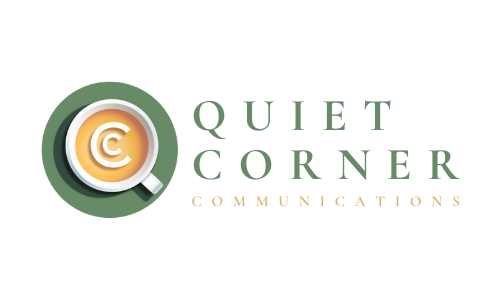3 Tips for Using AI Tools like ChatGPT to Create Content
So, you’ve decided you’re going to use AI to create content. It’s not what we recommend, but I know you have a good reason and I’m not here to judge you. I am, however, going to offer you three pieces of unsolicited advice on how to use generative AI like ChatGPT safely and successfully.
1. Develop a content strategy before enlisting AI
I am once again asking you to remember that generative AI is a tool just like any other, therefore its function and efficacy are limited by input. That means you need a documented content strategy in place before you start funneling blog post prompts to ChatGPT.
As Theresa so eloquently explained in her post about the importance of a content strategy, “A strategy essentially addresses the why, the how, and the who of content marketing. Why are you creating content? To build brand awareness? Establish thought leadership? Drive leads? Your answer will decide what kind of content you create and how you do it. And let’s not forget the ‘who’ of it all. Who will own this process, create the content, and ensure it meets your goals? It may be one person, or it may be a whole team — but the answer will be informed by the answers that came before.”
Your answers to these key questions will also inform how you approach the AI tools you’re using to augment content creation:
Why you’re creating content should be at the heart of everything — but it needs to be clearly articulated when prompting a machine trained on broad datasets to create content that suits your specific needs.
How you create AI-generated content requires forethought and careful planning; the more precise you can be with the brief you give the AI, the more accurate the resulting content should be.
Who delivers the resulting prompts to the AI may seem like an arbitrary consideration, but since AI content often requires tweaking, the person in charge of operating the AI tool must be capable of making real-time adjustments based on the output.
2. Identify the most suitable types of content for AI
Not all content is created equal, and not everything is the right fit for AI. For example, ChatGPT is trained on datasets from 2021, rendering it completely ineffective for covering current events or similar news-driven content. So, if you need to write an article about the 2023 tech recession, you’re out of luck. Similarly, AI’s lack of robust citation (more on this in a moment) means its utility for legitimate thought leadership is severely compromised.
Instead of enlisting AI’s help for every piece of content in your calendar, you’re better off prioritizing the pieces of content the AI will have the easiest time creating without excessive human intervention. Good candidates for AI-generated content include:
Routine cadences like memos, briefs, and emails
SEO-driven blog posts that answer basic questions
Captions and images for social media posts
3. Check AI-generated content carefully
If you’re planning on using AI to create content and aren’t already familiar with its propensity for error, then I strongly encourage you to do some Googling around the matter — or at the very least, check out the blog post ChatGPT wrote for us to get a sense of the kind of plagiarism and unreliable sourcing you can expect.
AI image generators aren’t any more reliable. Content creator Elyse Myers tried AI-generated headshots so you don’t have to, and though some were fine, others contained everything from consolidated fingers to missing appendages.
The point here is that even if you have a robust content strategy in place, and you provide AI with the most accurate prompt possible, it is still likely to commit myriad errors that require a human being to identify and fix. That’s why the “who” component for your AI content strategy is so important — someone needs to be responsible for ensuring AI-generated content isn’t compromised by plagiarism, inaccuracy, or accidental adventures into the uncanny valley.
Final thoughts on using AI for content creation
If you’ve read this far and are still convinced the benefits of AI content creation outweigh the risks, then I wish you good luck in your coming dealings with the robots. Remember to keep your content strategy at top of mind, prioritize the optimal content types for AI, and carefully proof the output.
However, if you’re still feeling uncertain about your approach to content creation — and the role AI may or may not play — we’ve got you covered. QCC now offers content strategy consulting services to help businesses of all sizes and verticals better understand the why, how, and who of effective content marketing. Explore our process, results, and deliverables by clicking the button below.


